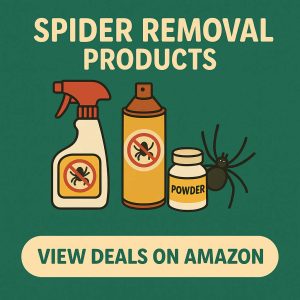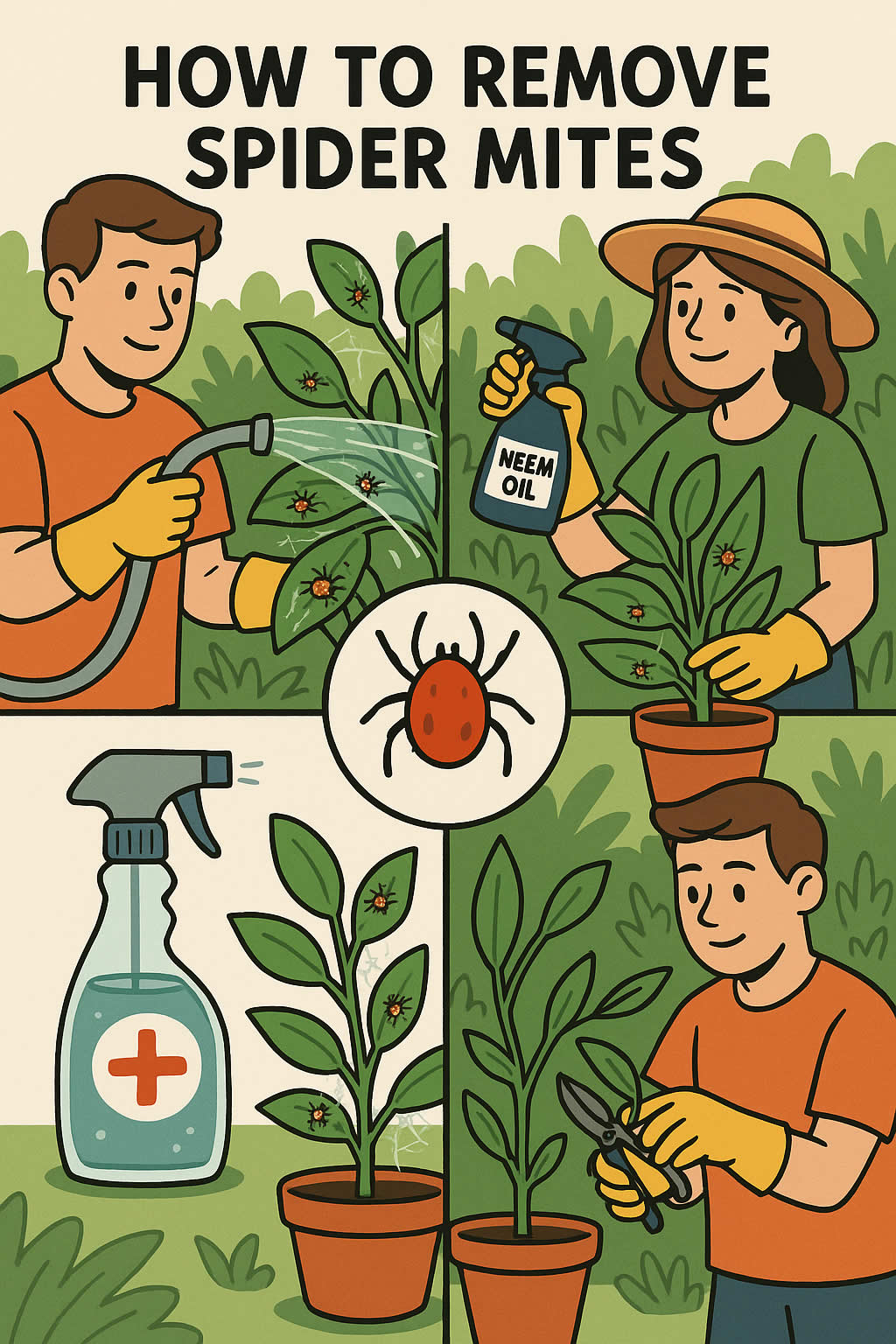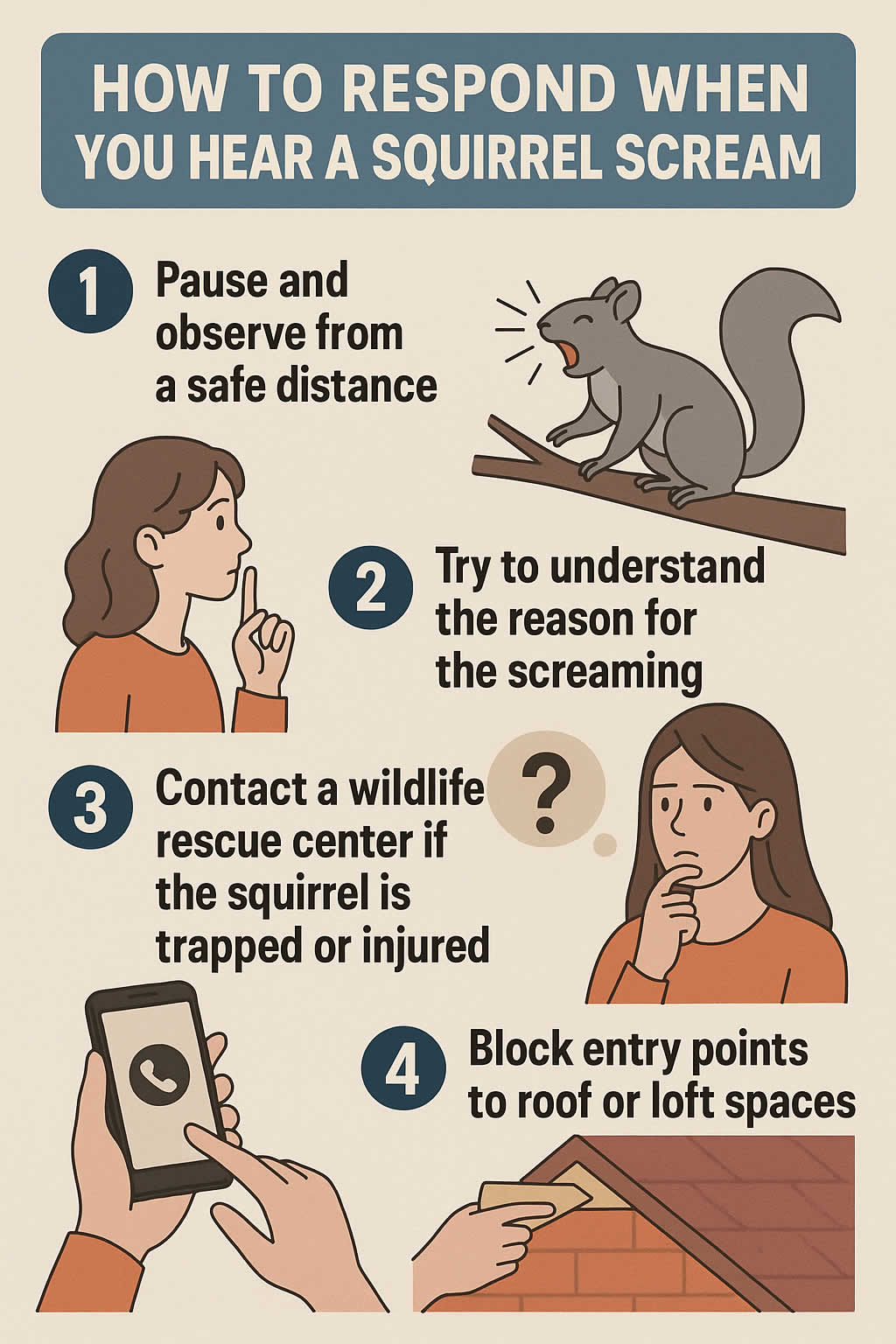Related Queries
ToggleSpider mites are one of the most common pests you’ll come across when caring for plants, both indoors and outdoors. Although they’re tiny arachnids, often no bigger than a pinhead, the damage they leave behind can be devastating. They feed by piercing plant cells and sucking out the contents, which weakens the plant and eventually leads to visible damage. The problem with spider mites is that they’re difficult to notice at first. By the time you see yellowing leaves or delicate webbing between stems, the population may already be large.
What makes spider mites especially frustrating is how quickly they multiply. In warm, dry conditions, a single female can lay dozens of eggs that hatch within a week, leading to rapid infestations that spiral out of control. If you want to protect your plants, early detection and consistent treatment are key. The good news is that there are plenty of DIY methods available, ranging from simple water rinses to natural sprays, and in severe cases, chemical treatments.
This guide takes you step by step through recognising spider mite infestations, removing them effectively, understanding why they appear, and keeping them away for good.
Recognising Spider Mite Damage
Spotting spider mites early can mean the difference between saving a plant and losing it completely. Because the mites are so small, you often have to rely on the signs of damage rather than seeing the pests themselves.
The most common symptom is stippled or speckled leaves. As spider mites pierce the cells and feed, they leave tiny pale spots behind. Over time, these spots merge, giving leaves a mottled or faded appearance. In heavy infestations, leaves may look almost silvery.
Another tell-tale sign is yellowing or browning foliage. A once-healthy plant may suddenly look weak, with leaves drying out and falling off. This is particularly noticeable in houseplants such as palms, ivy, and ferns, which are highly susceptible.
Perhaps the clearest indication of spider mites is fine webbing. Much like their larger spider relatives, these mites spin silk threads across leaves and stems. At first, the webbing may be minimal, but in advanced infestations you’ll notice a delicate network covering entire sections of the plant.
To confirm a suspicion, try the white paper test. Hold a sheet of white paper under a leaf and gently tap the stem. If small, dark specks fall onto the paper and begin moving, you’ve found spider mites.
Understanding whether you’re dealing with a light or heavy infestation also matters. A few scattered leaves with minor damage can usually be salvaged with simple cleaning methods. But once webbing covers the plant and leaves are dropping rapidly, more aggressive treatments may be necessary.
How to Remove Spider Mites
Getting rid of spider mites requires persistence. They reproduce quickly, so a one-off treatment is rarely enough. Instead, you’ll need to use a combination of methods, applied regularly until the infestation is fully under control.
Manual Removal Methods
If you’ve caught the problem early, manual methods can be very effective. Start with the gentlest approach: washing the plant. Use a hose nozzle outdoors or a showerhead indoors to rinse both sides of the leaves thoroughly. The force of the water dislodges mites and breaks apart their webs. Repeat this every few days to keep the population in check.
For houseplants, another approach is to wipe the leaves with a damp cloth or sponge. This physically removes the mites and their eggs. While more time-consuming, it’s useful for plants with broad, sturdy leaves like rubber plants or monstera.
When parts of the plant are heavily infested, pruning is often the best option. Cut away damaged leaves and stems, then dispose of them in sealed bags rather than compost bins to prevent spreading. Removing the worst-affected areas gives the rest of the plant a better chance of recovery.
Natural and Organic Solutions
If manual cleaning doesn’t fully solve the problem, you can move on to natural treatments. These are safe for both indoor and outdoor plants, and they don’t carry the same risks as chemical sprays.
One of the most effective is neem oil. Derived from the seeds of the neem tree, it works by disrupting the mites’ ability to feed and reproduce. To use, dilute according to the instructions and spray the entire plant, making sure to cover the undersides of leaves. Repeat weekly until the infestation is gone.
Another option is insecticidal soap. These soaps break down the mites’ protective coating, killing them on contact. Like neem oil, they need to be applied thoroughly and often, as they don’t affect eggs. Be careful to choose a product designed for plants, since harsh soaps can damage foliage.
Many gardeners also use homemade sprays. A simple mix of water, a drop of mild washing-up liquid, and a few drops of essential oils such as rosemary or peppermint can deter mites. Spray generously, focusing on areas where webs are visible.
For outdoor infestations, biological control is highly effective. Introducing natural predators like ladybirds or predatory mites helps restore balance. These beneficial insects feed on spider mites and can keep populations under control without harming the plants.
Chemical Treatments
In severe cases, when all other methods have failed, chemical treatments may be necessary. Miticides are designed to target mites specifically and work quickly to reduce numbers. However, they come with drawbacks.
Always follow the product instructions carefully, wearing gloves and a mask if needed. Apply in well-ventilated areas, and avoid spraying when bees or other pollinators are active. Rotate between different miticides if you need multiple applications, as spider mites are notorious for developing resistance.
Keep in mind that chemicals often kill beneficial insects as well, which can leave plants more vulnerable in the long run. For this reason, it’s best to use them as a last resort rather than a first response.
What Causes Spider Mite Infestations
To truly get rid of spider mites, you need to understand what attracts them in the first place. One of the biggest factors is environmental conditions. Hot, dry weather creates the perfect setting for them to thrive. Indoors, centrally heated rooms with low humidity are ideal for rapid reproduction.
Over-fertilisation also plays a role. Plants given too much nitrogen grow lush, tender leaves that spider mites find particularly appealing. Balanced feeding is important not just for growth but for resistance to pests.
Another issue is the absence of natural predators. Outdoors, ladybirds, lacewings, and predatory mites help keep spider mite populations in check. Indoors, those predators aren’t present, allowing infestations to escalate quickly.
Finally, plant stress increases susceptibility. A plant that’s already weakened by poor watering, low light, or lack of nutrients is less able to defend itself. Healthy plants are naturally more resilient, so regular care is one of the best defences against mites.
How to Prevent Spider Mites
Once you’ve dealt with an infestation, prevention becomes the priority. A few small changes to your care routine can greatly reduce the risk of spider mites returning.
Regular Plant Care
Start with consistent watering. Allowing soil to dry out completely stresses plants, making them more attractive to pests. On the other hand, overwatering creates different problems, so aim for a balance based on the plant’s needs.
Cleaning leaves regularly is also important. Dusty foliage not only blocks light but provides hiding spots for mites. A quick wipe with a damp cloth every week keeps leaves clean and makes it harder for pests to establish themselves.
Finally, get into the habit of inspecting plants frequently. Check the undersides of leaves and stems at least once a week. Early intervention is far easier than dealing with a large infestation.
Environmental Adjustments
One of the most effective preventative measures is to increase humidity. Spider mites dislike moisture, so grouping plants together or using a humidifier can make your home less inviting to them. Even placing water trays near plants can help raise local humidity.
Good air circulation also makes a difference. Stagnant air creates pockets where mites thrive. Indoors, a small fan can keep air moving gently without disturbing the plants. Outdoors, proper spacing between plants ensures good airflow.
Finally, always quarantine new plants before bringing them into your collection. Keep them separate for at least two weeks and inspect carefully for signs of pests. This simple step can save you from introducing spider mites to an entire group of healthy plants.
Frequently Asked Questions
Do spider mites bite humans?
No. Spider mites feed exclusively on plant cells and do not bite humans or pets. While they may crawl on skin if disturbed, they pose no direct health risk.
Can spider mites kill plants?
Yes. Left untreated, infestations can weaken and eventually kill plants. Small houseplants are particularly at risk because they don’t have the reserves to withstand prolonged feeding.
How fast do infestations spread?
Very quickly. In warm, dry conditions, spider mites can complete their life cycle in as little as a week. This means populations can multiply exponentially within a short period of time.
Will they go away on their own?
Rarely. Indoors, without natural predators, spider mites almost never disappear without intervention. Outdoors, beneficial insects may help reduce numbers, but active management is still recommended.
Are certain plants more resistant?
Yes. Plants with thick, tough leaves are less attractive to spider mites, while softer-leaved varieties like ferns, ivy, and tomatoes are highly susceptible. Still, no plant is completely immune.
Our Final Say!
Spider mites are small, but the problems they cause can be overwhelming if you ignore them. By recognising the signs early, you can take swift action and save your plants from long-term damage. Start with gentle methods like rinsing and wiping, then move on to natural sprays such as neem oil or insecticidal soap. Keep chemical treatments as a final option for severe infestations.
Prevention, however, is the real key. Healthy, well-cared-for plants are far less likely to suffer from spider mite infestations. Maintain humidity, clean leaves, and check plants regularly to stay ahead. With consistent care, you’ll not only remove spider mites but also create an environment where your plants can thrive year-round.
For more practical DIY pest control advice, explore the other guides on our blog and discover simple ways to protect your home and garden naturally.
Pest Control Merseyside – Pest Control Biddenham – Pest Control Hesket Newmarket













